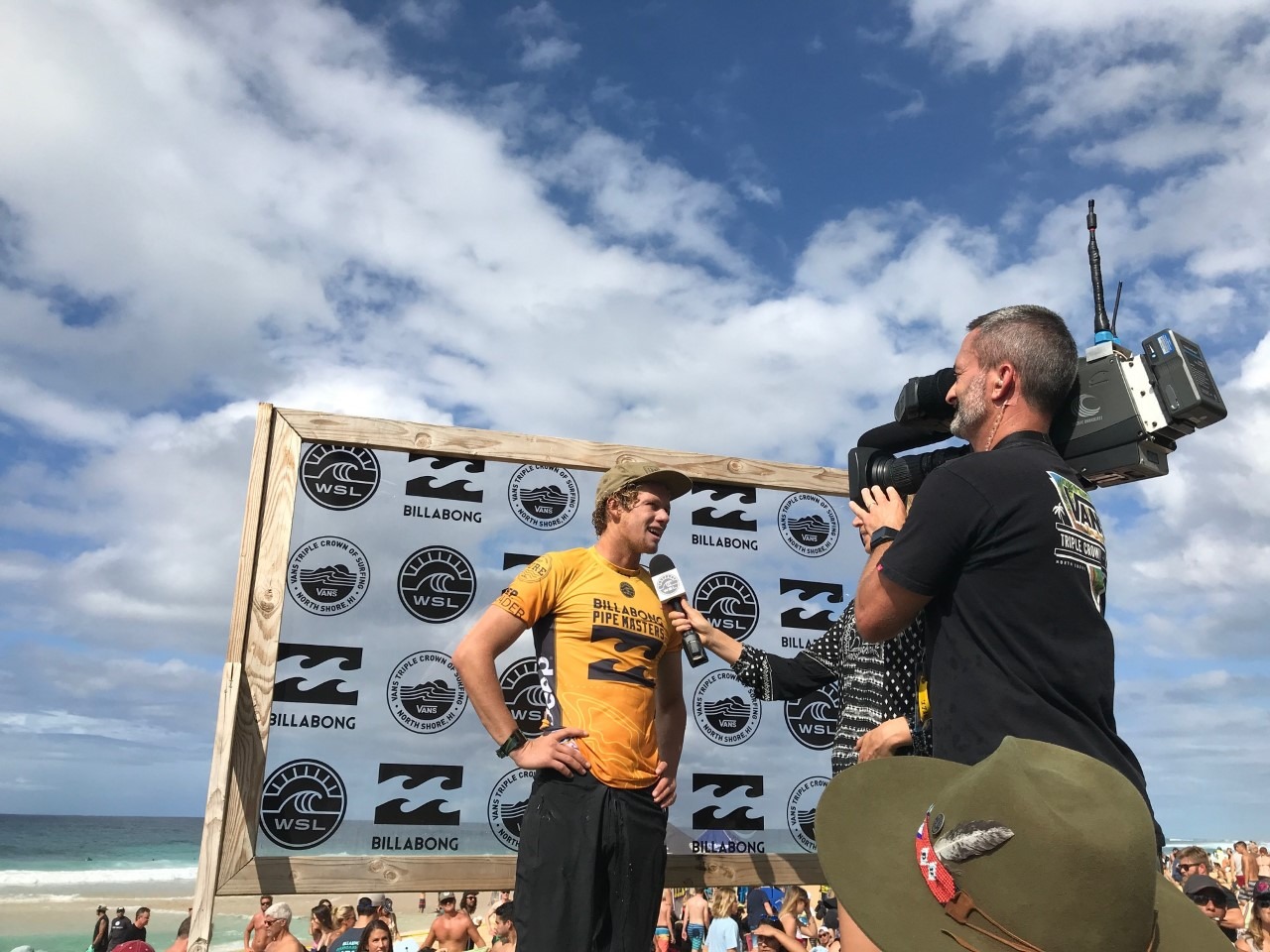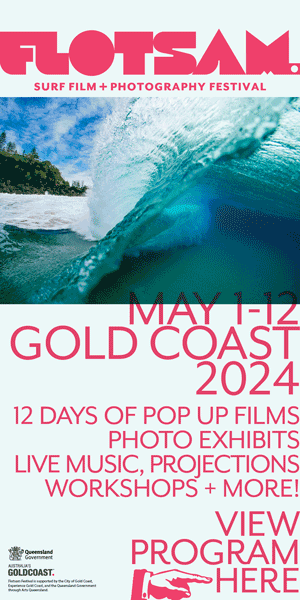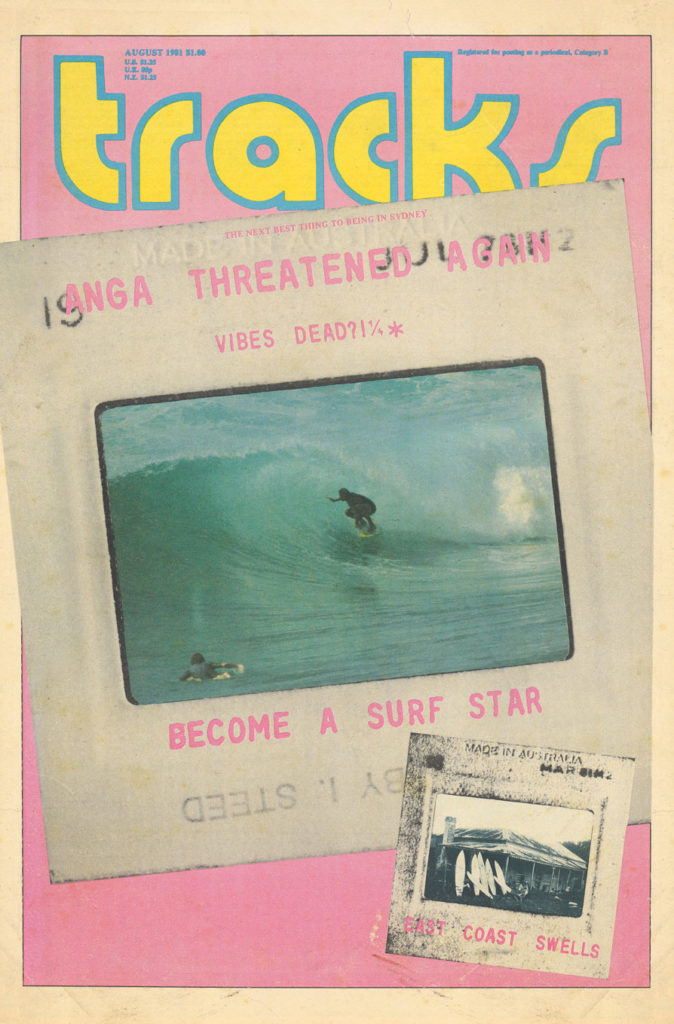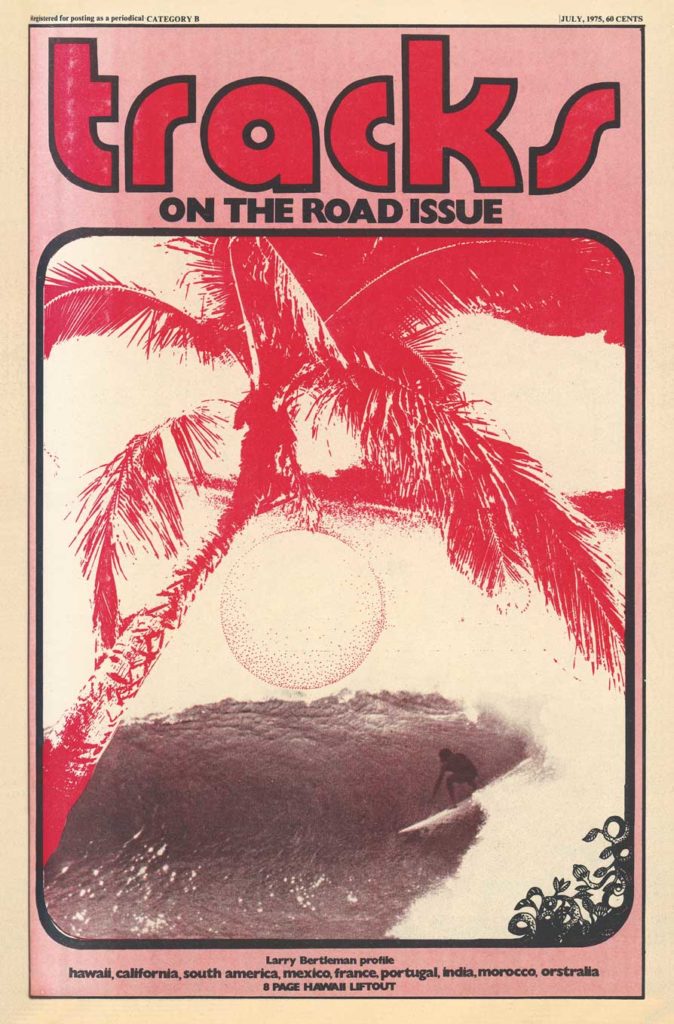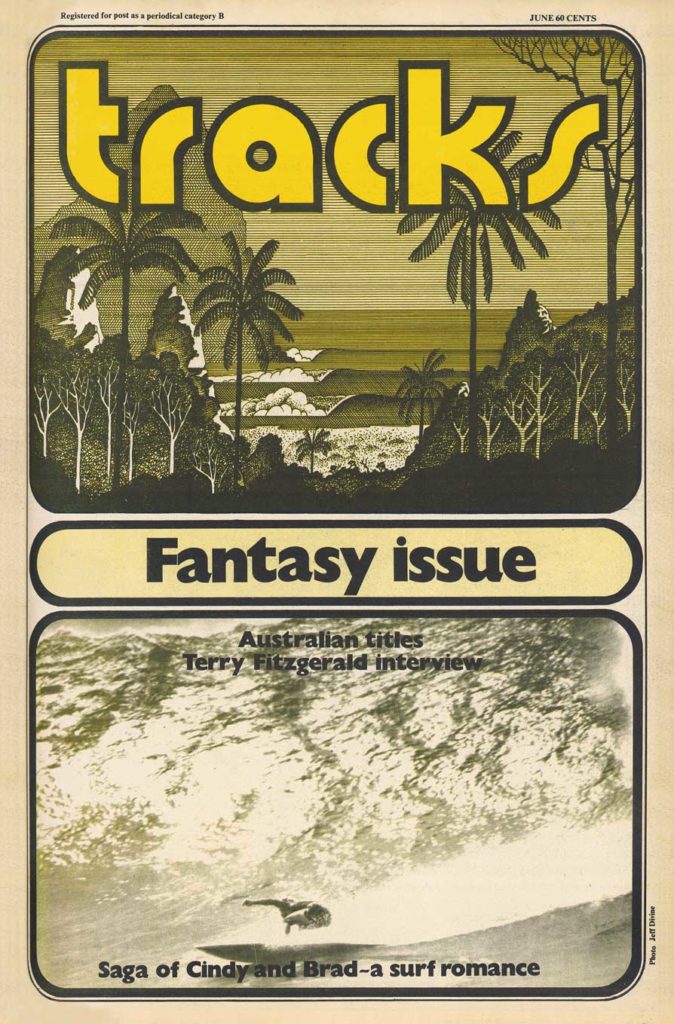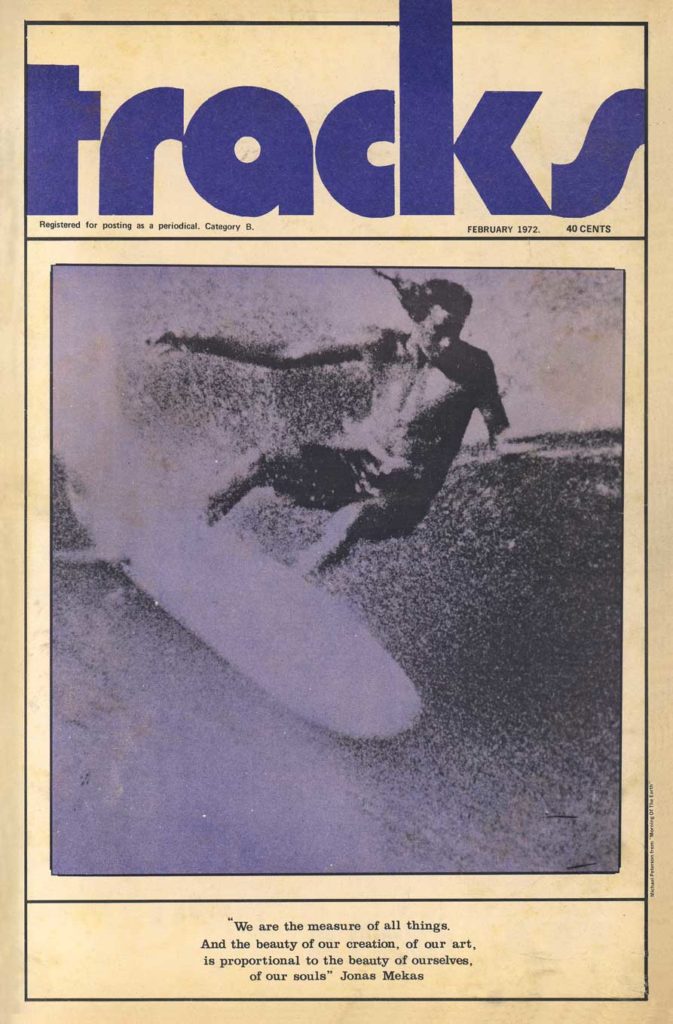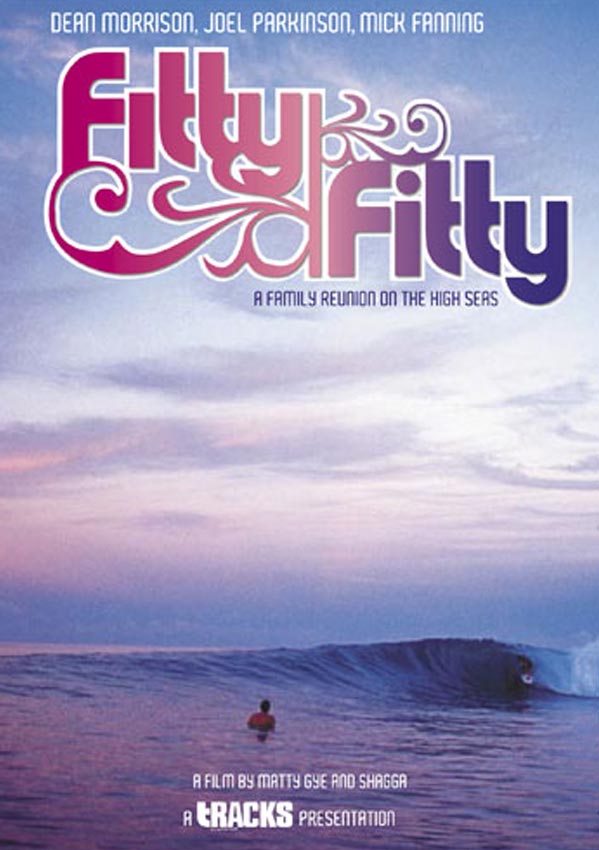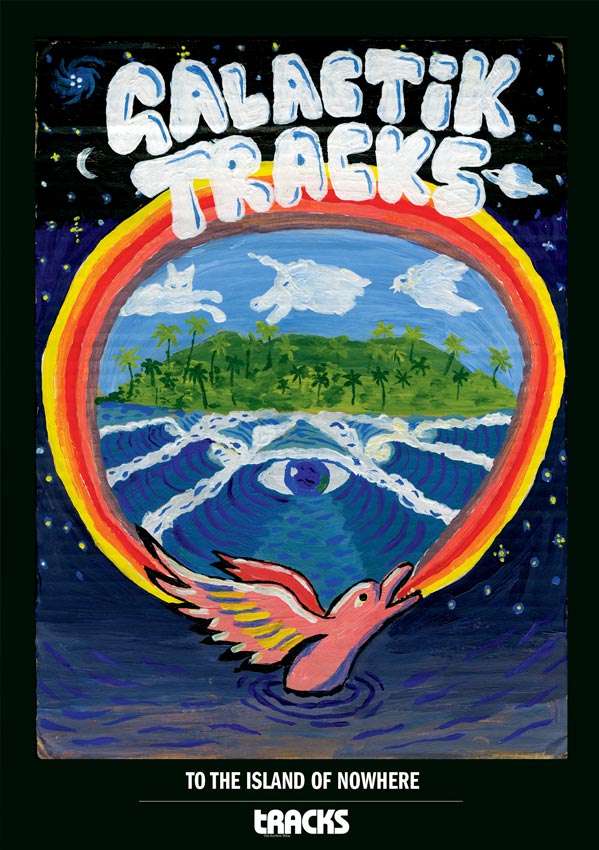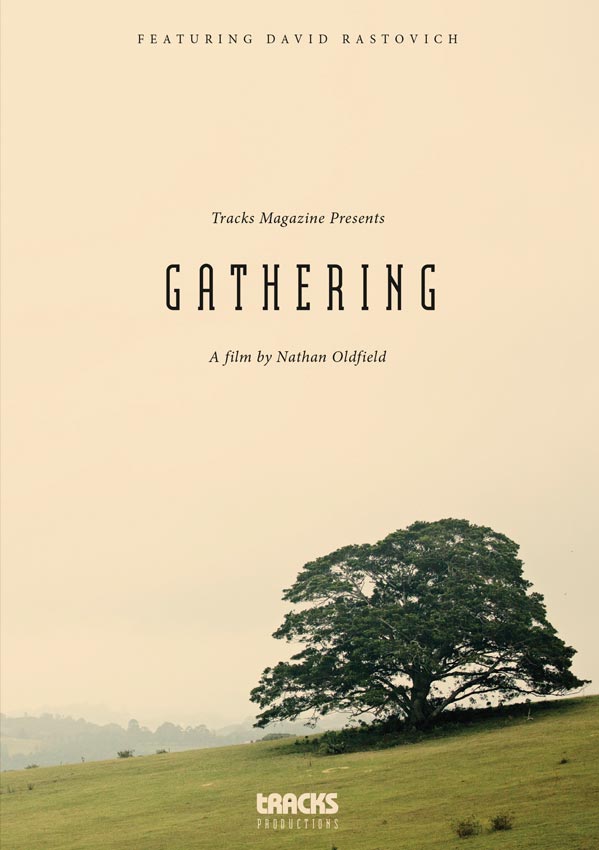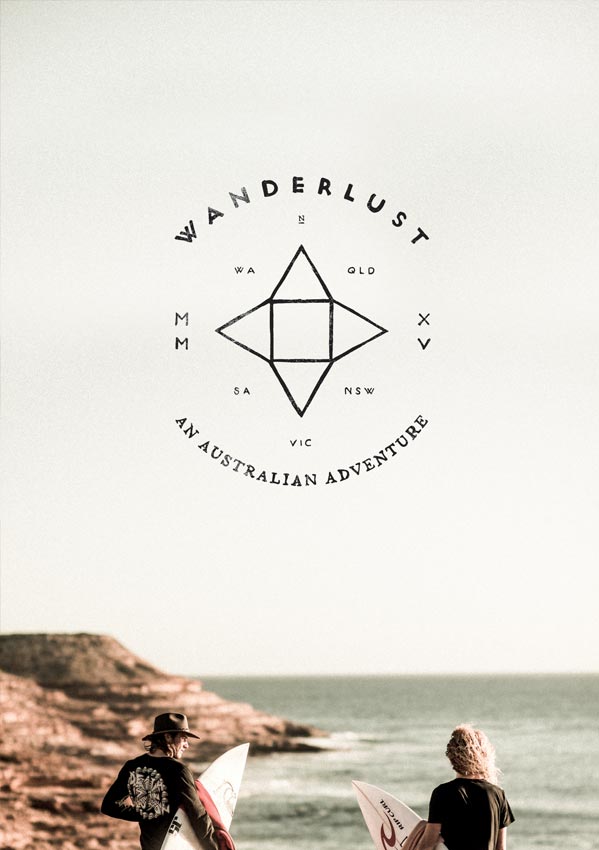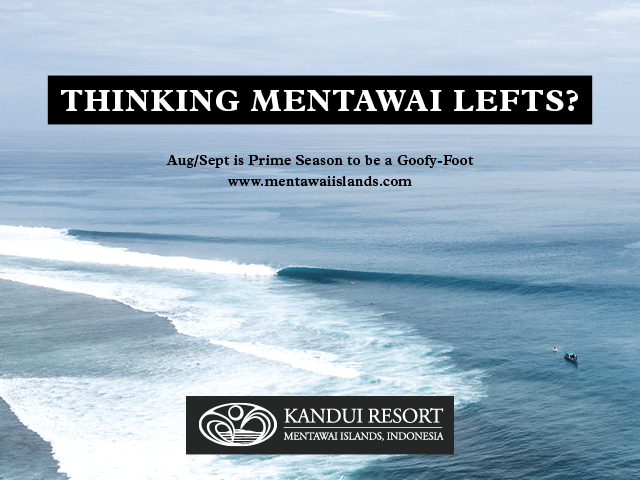There is one particularly biting moment in Jack McCoy’s film ‘Blue Horizon’ when Andy Irons is being filmed from behind the scenes as he is quizzed by a microphone-wielding person from the mainstream press about how he feels about a recent heat loss. Like a well-behaved boy Irons delivers a polite, standard response to the interviewer. However, McCoy (or his appointed filmer) keeps the camera rolling through the moments after the interview when Andy snaps and spews out words to the effect of ‘How do you think I feel?’ Of course I feel f*&^$ng bad’. Now some might have felt Andy was acting like a spoilt teenager, but it was also hard not to appreciate his shoot from the hip honesty after being asked an obvious question.
These days the post-heat interview is an entrenched part of the WSL contest machine. Every time the winning surfers leave the water they dutifully make their way into the media pit for a debrief with a WSL talking head.
The brief chit-chat is designed to be mutually beneficial for all parties. The surfers slap a hat on and earn a few quid from the featured sponsor, the event sponsor gets another plug with a close-up on the jersey and the branded backdrop, and as part of the entertainment the fans are treated to an up-close and personal moment with the surfers – the WSL putting on a show as opposed to simply broadcasting sporting action.
Once upon a time, it was the endearing Rosie Hodge who was charged with extracting the verbal gold from still-dripping pro-surfers. On the recent Australian leg it was Stace Galbraith who was sent into the trenches to talk boards, tactics, and quokkas. For mine, Stace did a stellar job. As an elite coach, he understands the nuances of the sport and is on good enough terms with most of the surfers to draw out answers beyond the timeworn ‘one heat at a time’.
However, it’s worth noting a regular WSL event includes 27 women’s heats and 47 men’s heats to complete. That’s 74 heats in total where the roaming WSL commentator has to shuffle in and try to pose an original question. That’s a big ask. The WSL rule-book stipulates that “All CT seeded Surfers must sign the Championship Tour Athlete Agreement prior to surfing in the first CT Event of the year or by a date designated by WSL. If a Surfer does not sign the Championship Tour Athlete Agreement the Surfer will not be allowed to compete.” It’s likely that completing post-heat interviews – at least for winners – is part of that agreement. The competitor who ultimately wins a WSL event can expect to have five to six post-heat chats with in-house media (including a lengthy breakdown of the finals) by the time they head to the bar for a celebratory beverage – if pro surfers still do that these days.
In a time before COVID bubbles the surfers would also typically speak to other press representatives after doing their piece to camera for the WSL. This might be a mainstream news network or a surf-specific publication, or a freelance journalist who has hustled a media accreditation. These press groups are typically trying to find a quote or angle that may not have been covered by the post-heat interview. Most of the surfers are typically generous with their time, but the questions can range widely and the media pit can be more like a mosh pit as different groups vie for the attention of surfers. Mainstreamers tend to ask general questions because they aren’t familiar with the finer points of the sport, but the surfers often indulge them because they value the mainstream coverage – they feel like a channel nine or a major newspaper might improve their profile so they suck it up and answer the broader questions. There is also the fact that surfing has been notoriously underrepresented in mainstream sporting pages and channels, so when the major networks do muscle into the media circle with their big cameras and fluffy microphones the surfers welcome the attention.
Occasionally a surfer will bare their soul to the press once the WSL sound-bite is over. Kelly Slater is well known for going all deep and meaningful in these moments. I’m pretty sure once or twice I witnessed him shed a tear. He could also hold the entire press corps captivated with his encyclopaedic surfing memory and well-articulated opinions. Sometimes you need to be one step removed from the sporting body you are competing in to say what you really want to say. I’ve also seen Kelly spew vitriol at a mainstream reporter because he felt the guy had implied he was a drug cheat.
The WSL provides very comprehensive coverage of their sport but there should still be a place at the table for outside press (both mainstream and surf media) to offer fans insights and narratives that go beyond the live webcast. The WSL wasn’t always a media machine. It was the surf media and freelance photographers who originally helped give pro surfing a profile and a sense of legitimacy as a sport. For years surfers relied on their monthly delivery of Tracks to get updates on the tour and the colourful characters who were roaming the globe in pursuit of contest glory and good times. Those earnest endeavours should not be forgotten amidst the multi-media fireworks of the modern WSL, complete with podcasts and concept shows. At a very fundamental level, it’s also important for a sporting organisation to be open to views beyond those which it itself constructs.
Last week the sporting pages of the mainstream press were filled with stories and opinions about Naomi Osaka’s decision to withdraw from the French Open.In the lead-up to the event Osaka had stated that she would not be participating in post-match press conferences – these are the ones concerning the mainstream press as opposed to the event’s in-house commentary team. In major tennis championships, players are contractually obliged to attend mainstream press gatherings.
Osaka was fined $15 000 (under the rules) and threatened with expulsion from the event when she failed to attend a press conference after her first-round match. In the end, she beat organisers to the net and bowed out on her own, sighting the impact of press questions on her mental health as her reason for withdrawing. Post-match press conferences with outside media are of course a much bigger deal in tennis. There is a guarantee of major coverage in the mainstream press and way more money involved from sponsors of the events who want to maximize their media reach.
Some have suggested that Osaka’s French Open exit strategy will cause a ripple across all major sports. As suggested, surfing doesn’t exist on the same scale as sports like tennis or golf, but it will be interesting to see if the WSL are reconsidering their media approach in the wake of the Osaka drama. Will surfers feel more empowered to go rogue and dismiss both in-house and outside media? Particularly in an era when they can leverage their own social media channels to promote themselves and their sponsors.
Perhaps the system works reasonably well as it is, but striving for a balance of media coverage from internal and external sources should always be the goal for the WSL.
